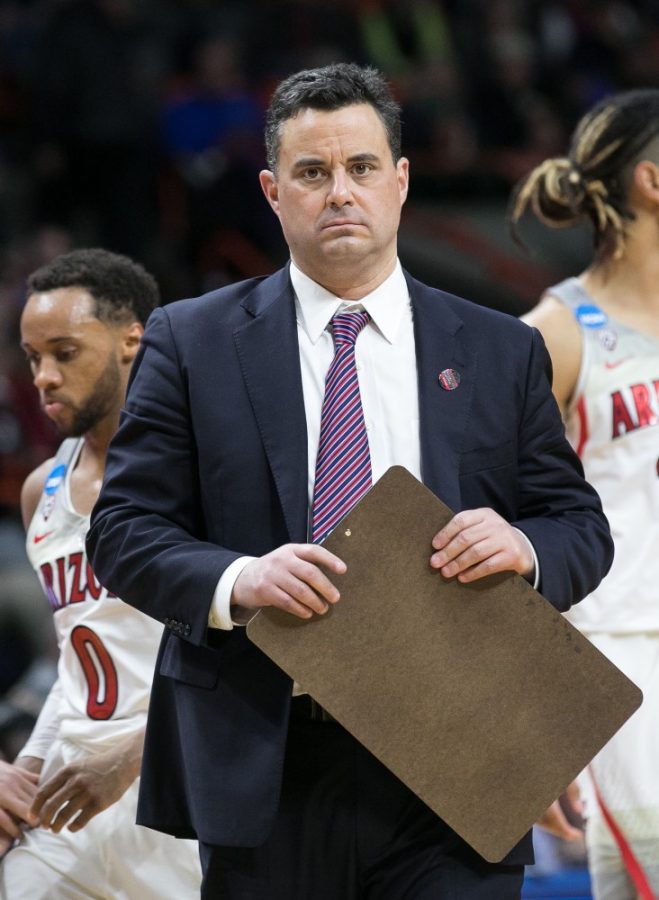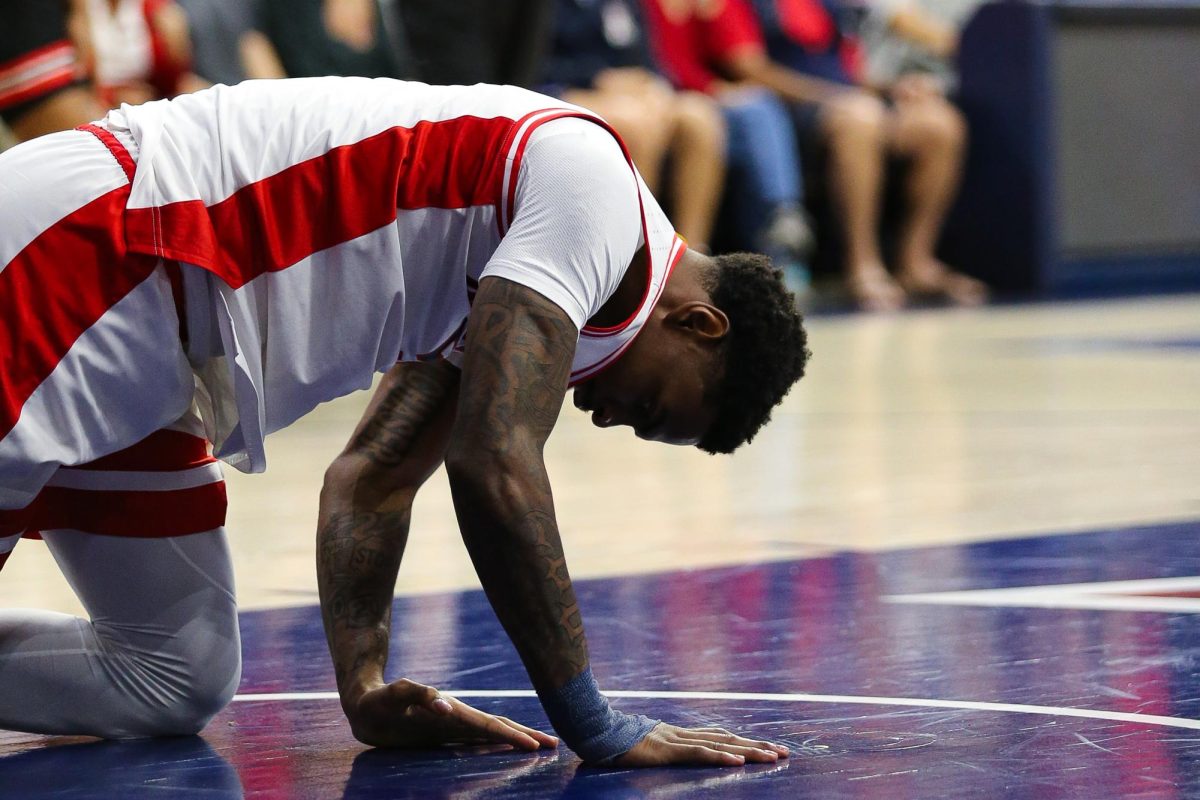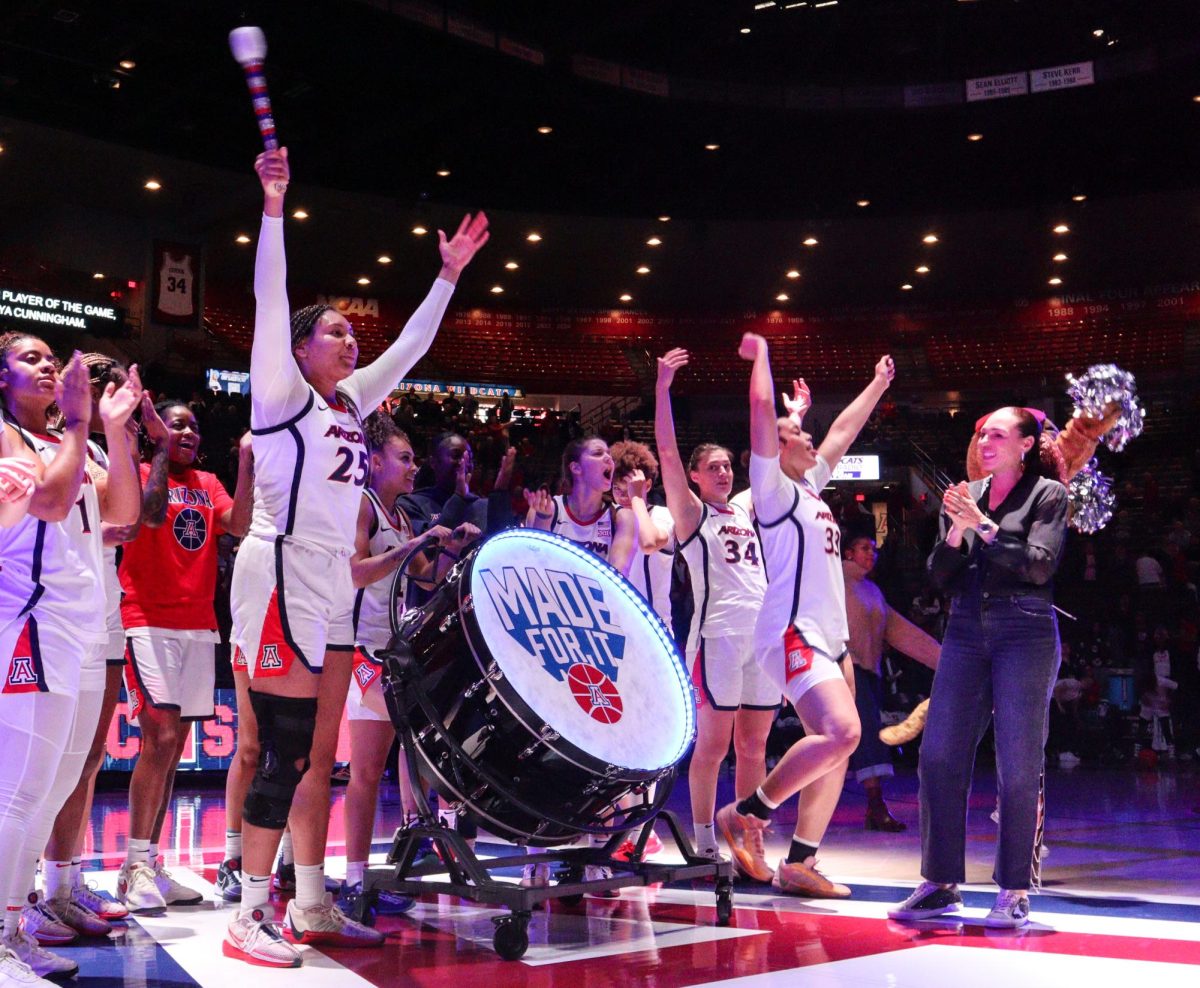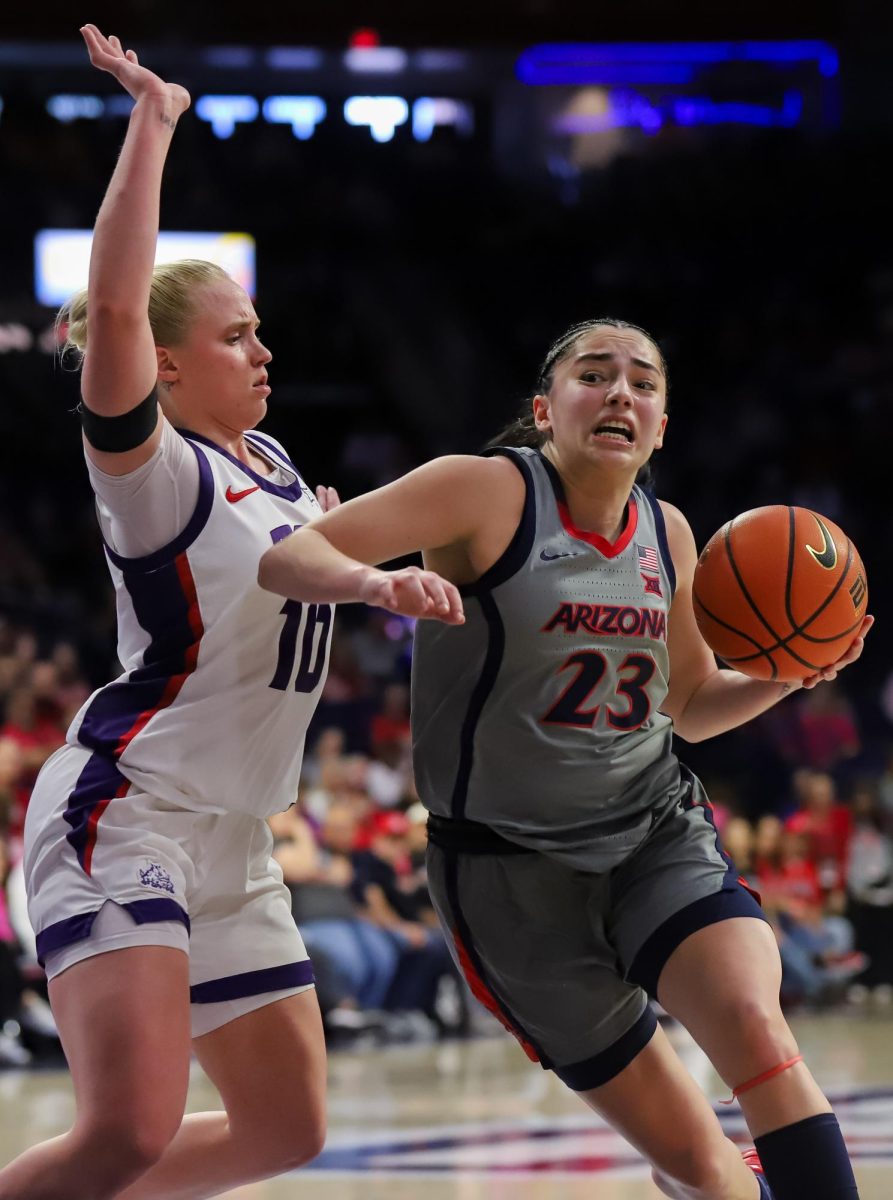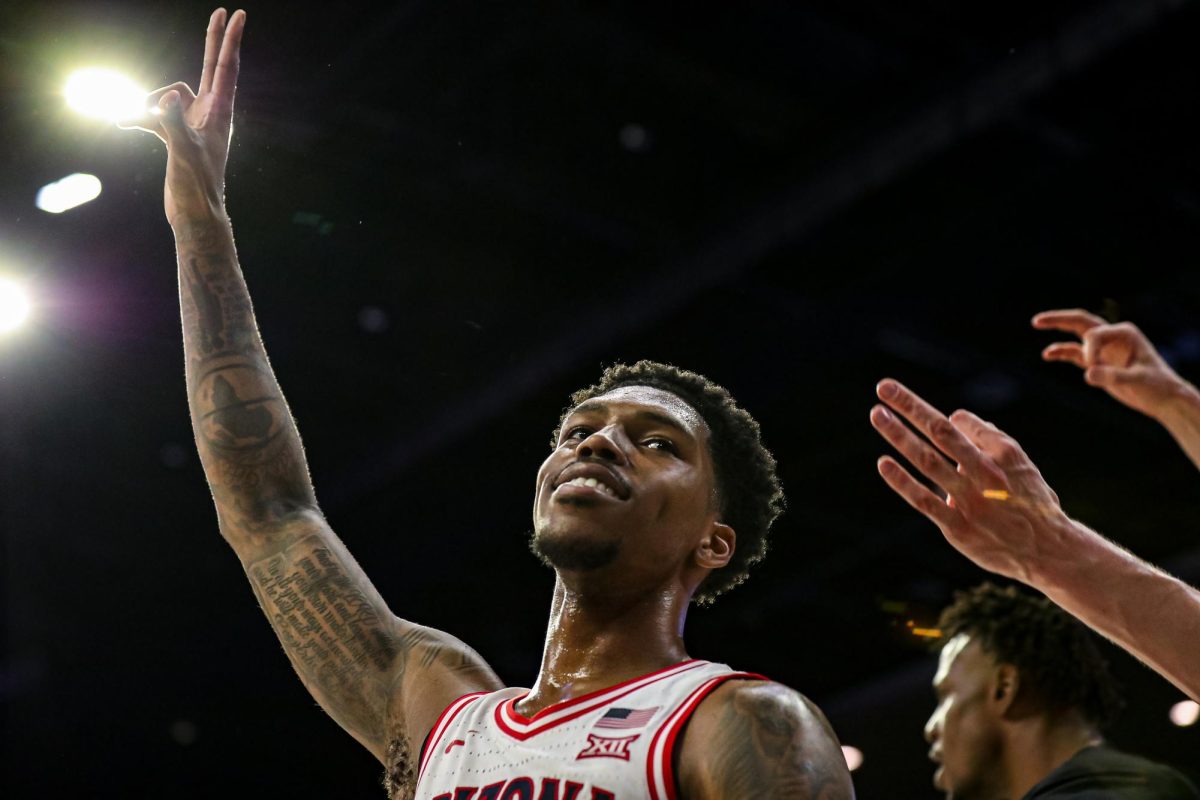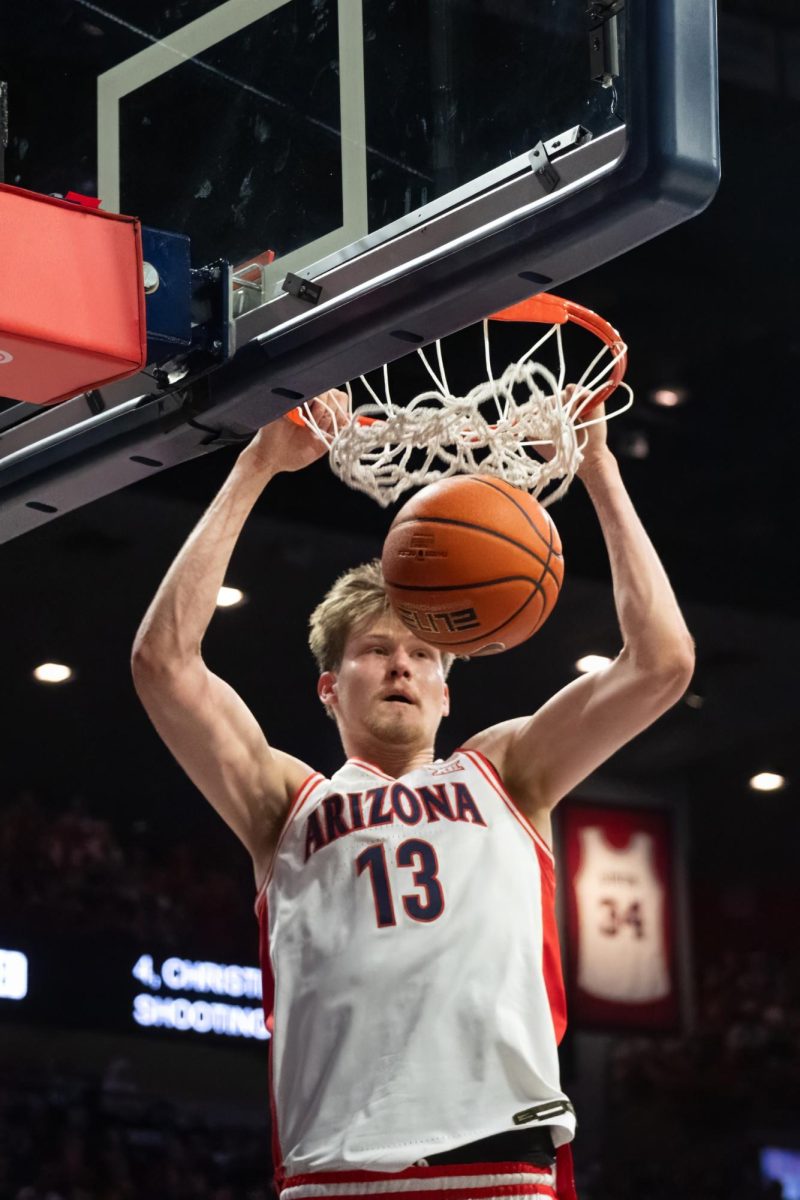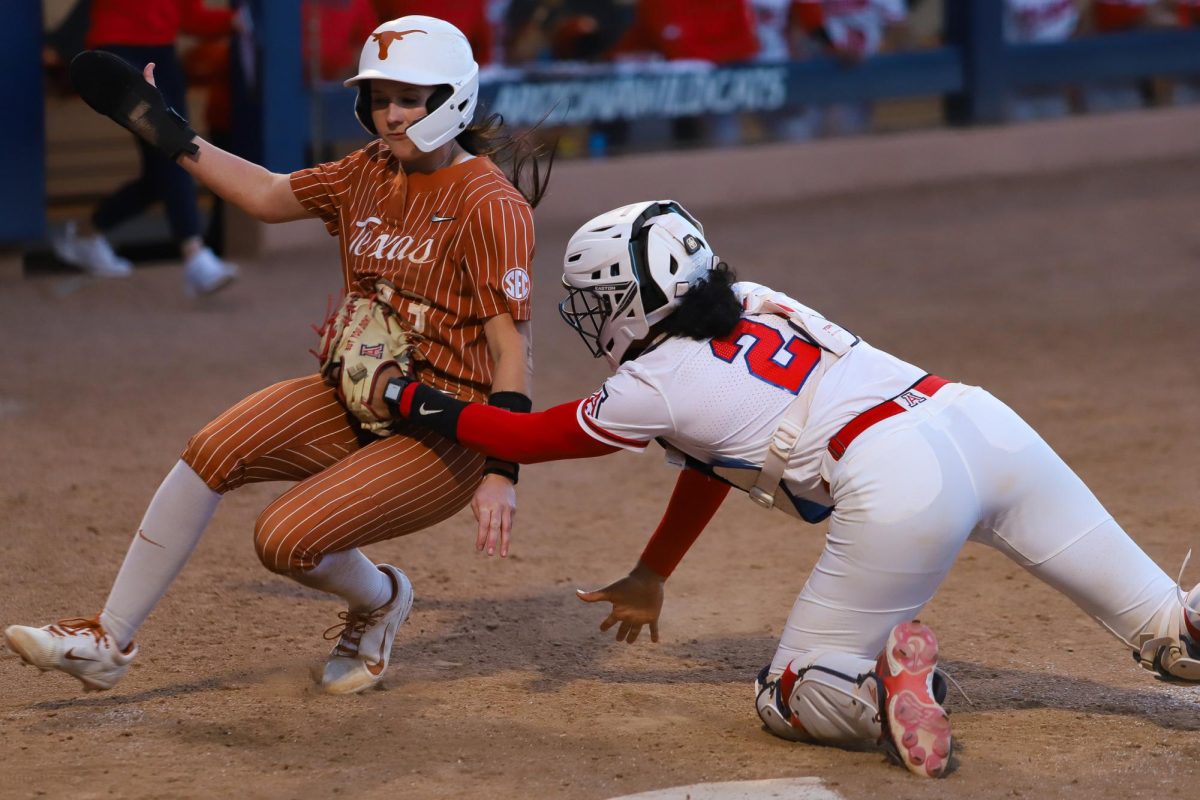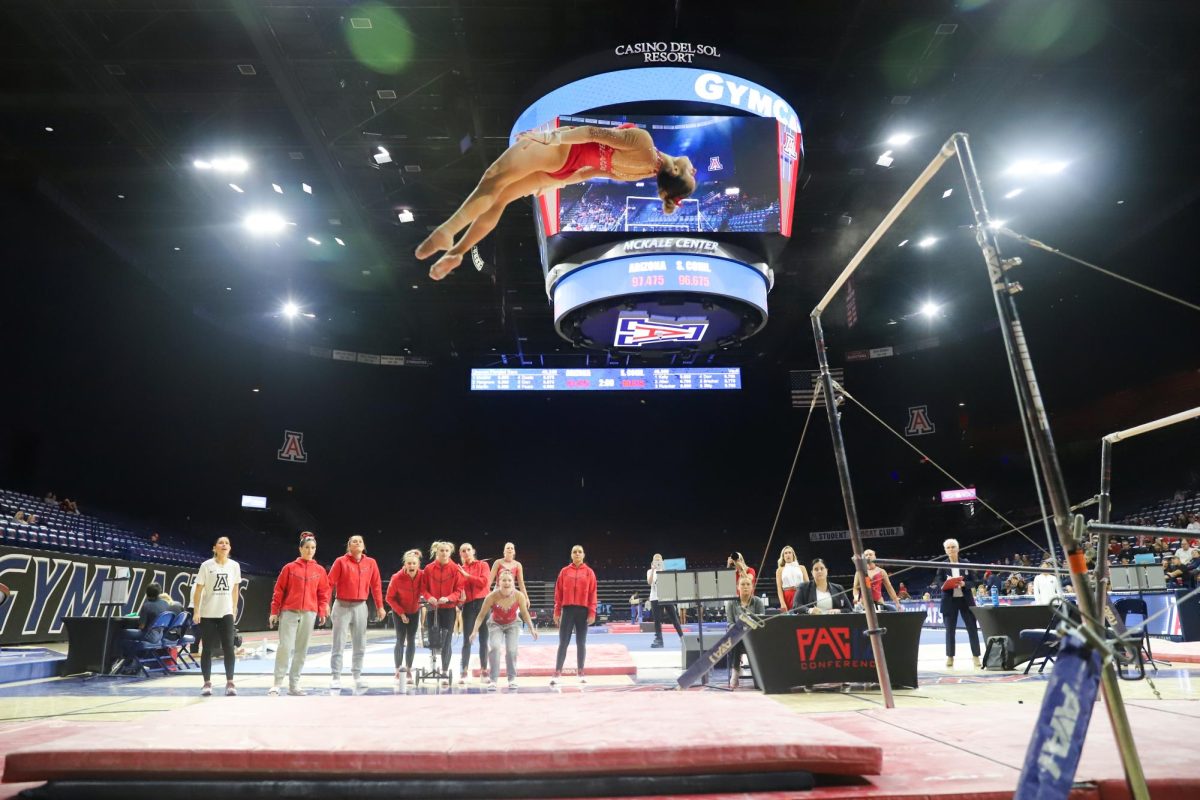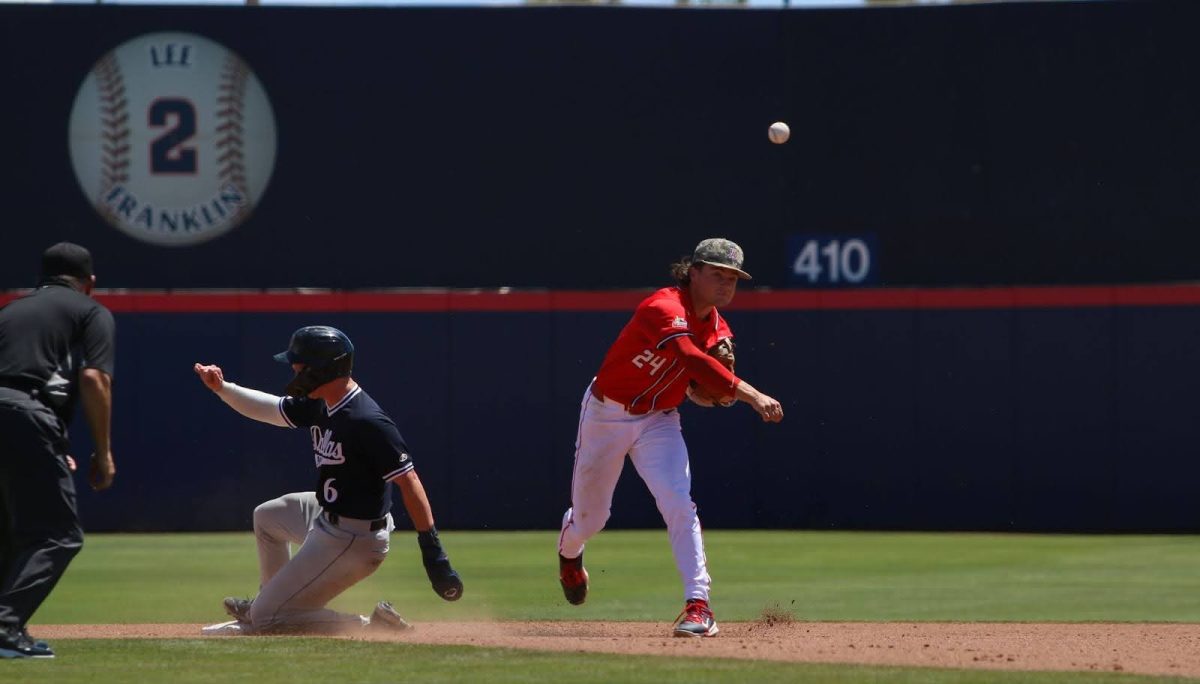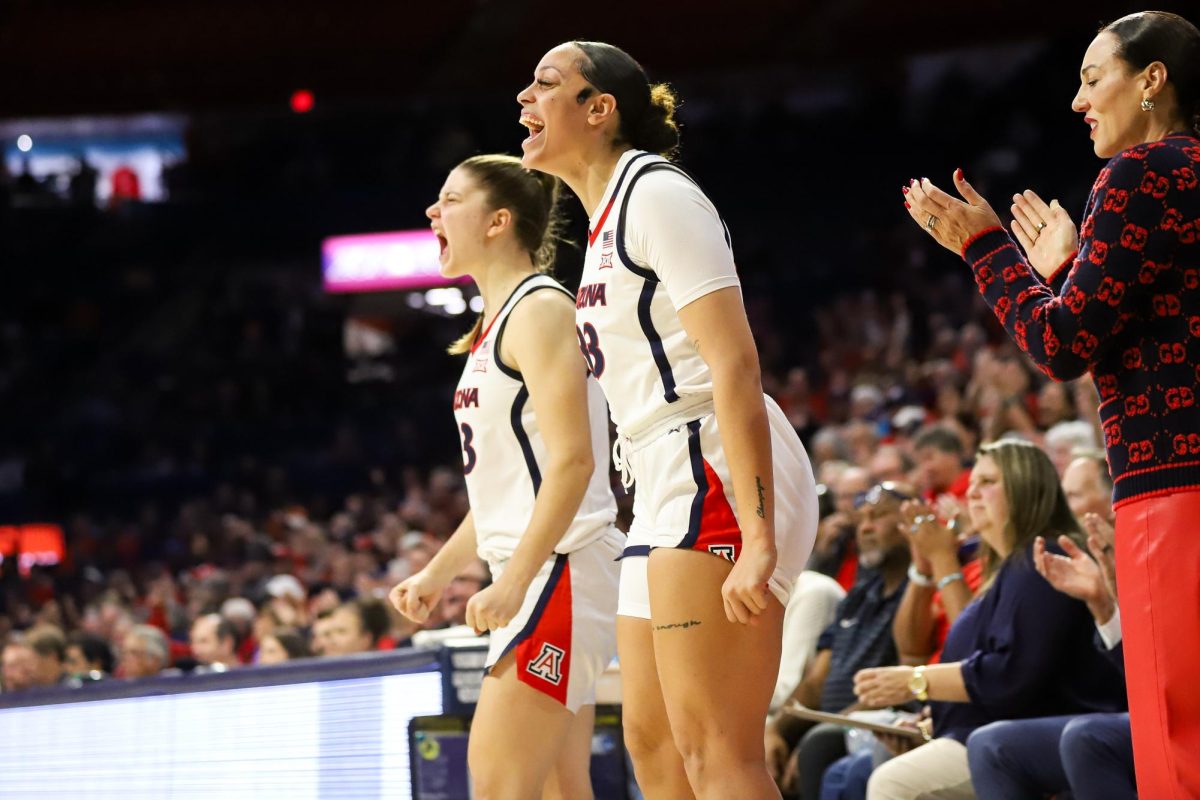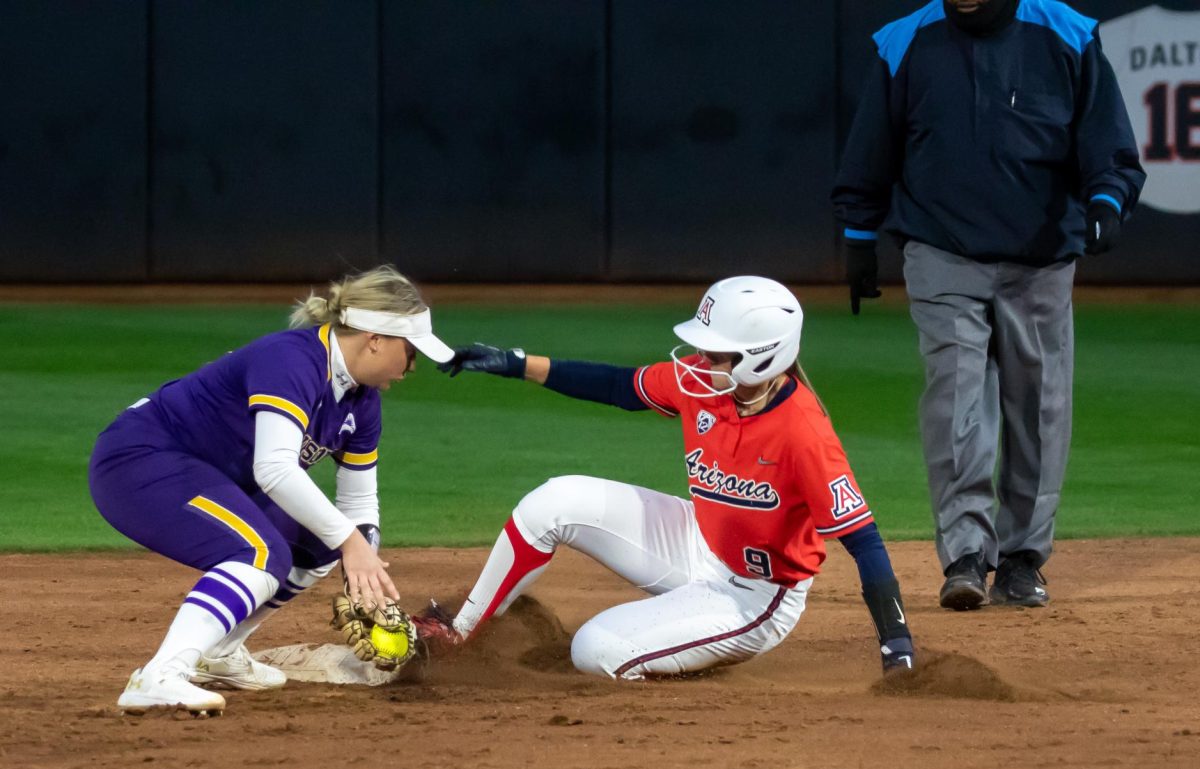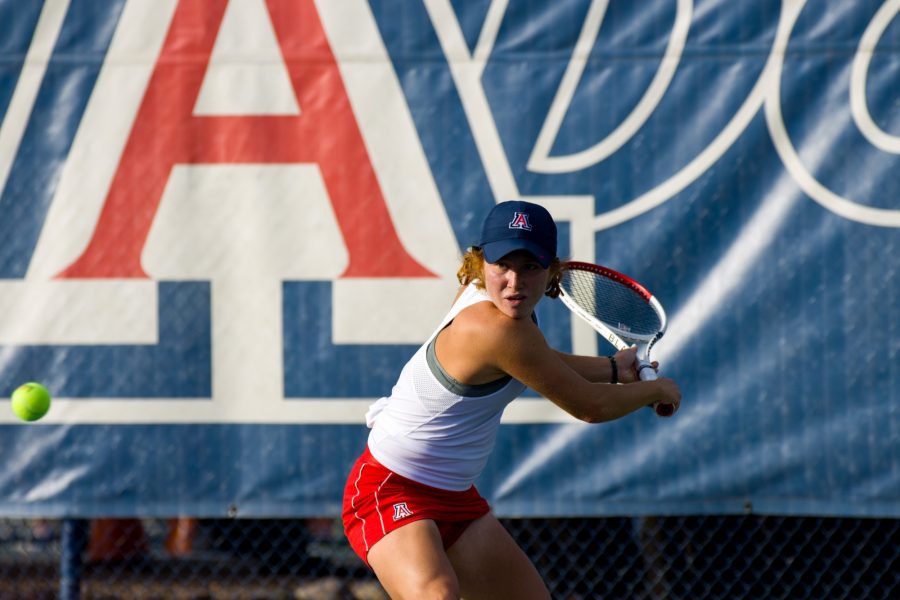After a tumultuous, up-and-down season, the Arizona men’s basketball team has more questions than answers, leaving the future success of the program in doubt. So what is the status of basketball in Tucson?
One thing is for certain: After the report by ESPN’s Mark Schlabach about a possible inquiry by Arizona head coach Sean Miller about a $100,000 payment for star freshman Deandre Ayton came about, the subsequent poking holes in the story somewhat galvanized the City of Tucson and Arizona fan base. Nothing was more evident to that cause than the standing ovation Miller received as he came out for the national anthem prior to the Wildcats’ home game versus Stanford on March 1. It was loud, emphatic and it made a point. Arizona fans were all-in on Miller.
Despite ESPN’s reporting, fans are treading a shaky line moving forward. There is still the case of former assistant Emanuel “Book” Richardson, whose bribery and corruption charges from the FBI still carry heavy weight. Does Miller escape every part of Richardson’s wrongdoing? Or does Miller get implicated by Richardson to avoid a 60-year possible sentence from coming to reality? Only time will tell.
The seriousness of those allegations has already scared off potential recruits. Former commits Shareef O’Neal and Brandon Williams, who signed scholarship papers without letters of intent, decided to re-open their commitments. O’Neal signed with UCLA, and Williams is still up in the air, though he has said Arizona remains in the mix.
Will other recruits want to come to Arizona? While the projected outcome of the FBI fallout isn’t expected for quite some time, most experts predict two to four years before some real resolution is brought forward. That doesn’t include the possible NCAA punishments that will be handed down thereafter. Will Arizona place itself on probation to avoid a harsh penalty from the NCAA? Or will the administration take a gamble that Richardson went rogue and that no other infractions will come about? This roll of the dice may be the most important to the legacy of Arizona basketball.
Still, despite the legal troubles, one thing remains: the lack of Final Fours since the Lute Olson era. Sean Miller and Co. have been eliminated by double-digit seeds in each of the past three years in the NCAA Tournament. To make matters worse, besides Lauri Markkanen and Deandre Ayton, Arizona hasn’t had the loaded squads pre-season expectations have bestowed upon them. Is it Miller’s lack of ability to develop talent, or are the types of players not in line with his strengths as a coach, specifically defensively?
Arizona is running out of time as a blue blood of college basketball. Gonzaga has all but caught up as the dominant power in the west, and the rest of the country just doesn’t watch the Pac-12 Network. Exposure is at a premium and with the bleak short-term progress Arizona has made on the recruiting trail, there is no expectation the program can get significantly better.
However, this could all be a blessing in disguise. Miller could find himself grabbing some high-level graduate transfers to plug in and fall more in line with his pack-line defense philosophies. The sell that nothing significant will happen for several years may also work to who is left amongst the nation’s elite 2018 recruits.
Then there is the significant need for development from the leftover group of freshman who failed to live up to expectations this season. Emanuel Akot, Brandon Randolph and Alex Barcello appear to be more three- or four-year guys than the one-and-dones of the recent past. This may help develop more consistency in the future. Add in Dylan Smith for one more season and Duke transfer Chase Jeter for the next two years and the Wildcats have a core that could maintain a level of excellence for the forseeable future. Of course, that is all predicated on whether they can accrue a few high-level pieces to help them shine.
All-in-all, the future of Arizona is as cloudy as it was during the Lute Olson turnover back from 2007 to 2009. They rebounded nicely from that, only to find themselves in a seemingly similar situation nine years later. Will the ball bounce the same way this time?
Follow Saul Bookman on Twitter



